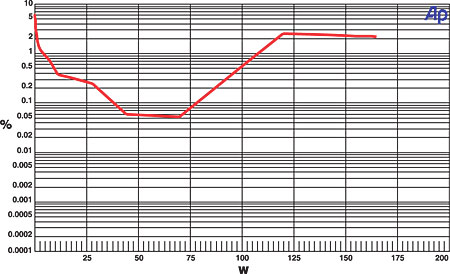- Joined
- Oct 5, 2019
- Messages
- 156
- Likes
- 146
Anyone here use the Panasonic SA-XR 55, 57. etc A/V receiver? They along with the T-amp were one of first “digital” amps to go viral and become an internet sensation.
I’ve been using the SA-XR57 to drive my Energy Veritas 2.4i floorstanders but recently have begun eyeing the Benchmark AHB2. My brain says I won’t notice any difference but maybe there’s something there? Curious if anyone else in a similar position.
I’ve been using the SA-XR57 to drive my Energy Veritas 2.4i floorstanders but recently have begun eyeing the Benchmark AHB2. My brain says I won’t notice any difference but maybe there’s something there? Curious if anyone else in a similar position.

